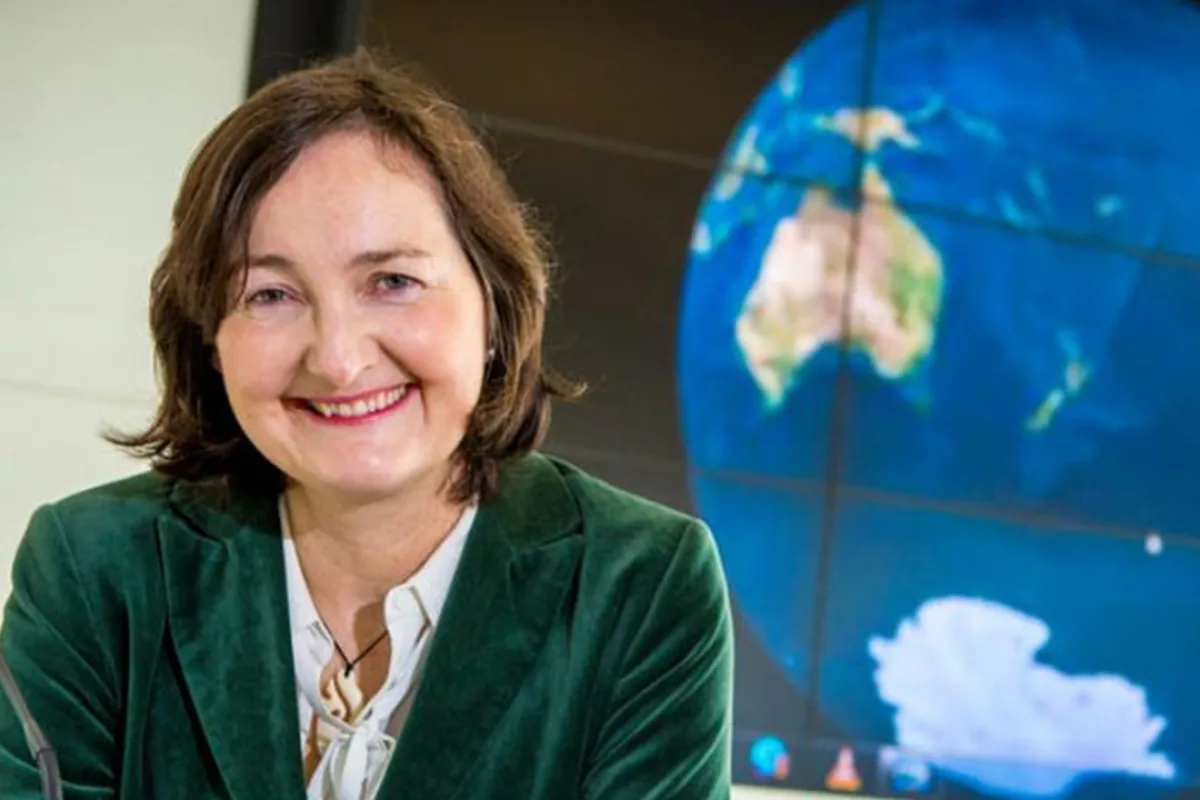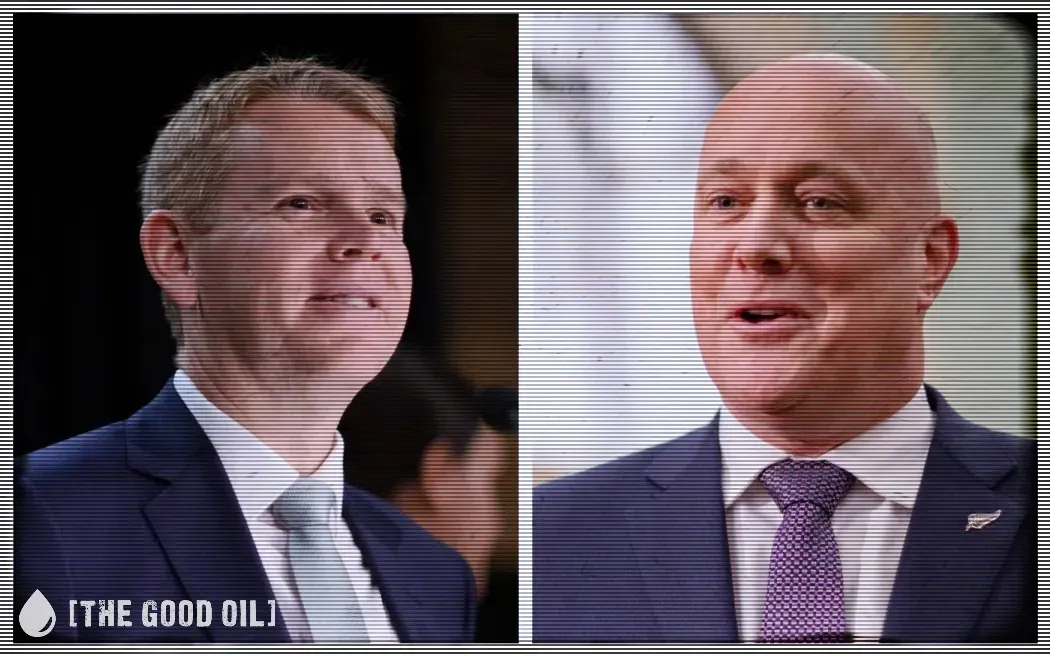Professor Anne-Marie Brady
Supplementary Submission to the New Zealand Parliament Justice Select Committee Inquiry into Foreign Interference Activities, 2019
As in the Cold War years, united front work not only serves foreign policy goals, but can sometimes be used as a cover for intelligence activities. The Ministry of State Security, Ministry of Public Security, PLA Joint Staff Headquarters’ Third Department, Xinhua News Service, the United Front Work Department, International Liaison Department, are the main, but not the only, PRC party-state agencies who recruit foreign, especially ethnic Chinese, agents for the purpose of collecting intelligence.
In 2014, one former spy said that the Third Department had at least 200,000 agents abroad. Some Chinese community associations act as fronts for Chinese mafia who engage in illegal gambling; human trafficking; extortion; and money laundering. As a leaked 1997 report by Canada’s RCMP-SIS noted, these organizations also frequently have connections with China’s party-state intelligence organizations.
The crisis of 1989 resulted in the CCP government stepping up foreign persuasion efforts aimed at the non-ethnic-Chinese public too. As they had done in the past, in this the Chinese government drew on the help of high level “friends of China”—foreign political figures such as the USA’s Henry Kissinger, to repair China’s relations with the USA and other Western democracies.
In 1991 the State Council Information Office was set up to better promote China’s policies to the outside world. Reflecting the fact that it is both a party and a state body, its other Chinese-only nameplate is the Office of Foreign Propaganda. Soon after, China Central Television (CCTV) launched its first English language channel. China gradually expanded its external influence activities under CCP General Secretary Jiang Zemin (1989-2002). While these activities failed to ameliorate negative global public opinion towards the Chinese government and its policies, efforts to promote a positive image of China’s economic policies had much more success.
In the era of CCP General Secretary Hu Jintao (2002-2012) China made an even bigger investment to expand its foreign influence activities. The aim was to get China’s perspectives on global affairs heard and understood. CCTV set up a global, multi-platform network, CCTV International; while China Radio International (CRI), and Xinhua News Service also expanded their global presence. From 2007 the Hu government officially embraced Joseph Nye’s theory of soft power, using it both as a justification and as a new euphemism, for the Chinese government’s expanded and revised overseas Chinese and foreigner management techniques and propaganda offensive.
Joseph Nye is critical of the Chinese (and Russian) interpretation of his theory. But read from the perspective of a rising (or resurgent) revisionist power, it is easy to understand the interpretation—and its attraction. Nye wrote in his 1990 book Bound to Lead: The Changing Nature of American Power that the steady erosion of the Westphalian system, the growing importance of non-state actors in global affairs, the economic interdependence of states, and the development of new information communication technologies had all led to a reduction in the effectiveness of traditional sources of power, so-called “hard power”. In Nye’s understanding, hard power implies the use of threats, bribes, or direct military action in order to coerce another state to change its behaviour. However, what he called “soft power” can offer an alternative means to influence the decision-making of a foreign government or society. According to Nye, states that possess strong soft power resources can become role models, making people across the world want to follow their policies. Nye further argues that armed conflicts will not occur if the hegemon’s cultural influence eliminates differences and prevents new ones from arising. In contrast, it is far more difficult, for a state to achieve its goals—if past actions have led to a negative international image.
The PRC is a rising, revisionist power. The CCP believes that the outside world has a distorted and negative picture of contemporary China. The government has also long been determined to change the security environment it faces and since the 1990s, has been able to steadily build up its hard power capacity. Double-digit economic growth since the early 1990s has turned China into a global economic power. Since the Hu era, China has invested in soft power activities in order to strengthen the nation’s comprehensive national power. Yet according to Nye, China (and Russia) “don’t get” what soft power means and are weak in how he measures soft power: attractive culture, political values, and foreign policies. Nye’s emphasis is on the role of civil society to promote a nation’s soft power. But based on the concept of the united front, China uses party-state agencies and their affiliates to develop both soft and hard power and has consequently adopted a much broader approach in its means to enhance soft power.
Even more than his predecessors, Xi Jinping has led a massive expansion of efforts to shape foreign public opinion in order to influence the decision-making of foreign governments and societies—Nye’s definition of what strong soft power can achieve. Political influence activities in the Xi era draw heavily on the approaches set in the Mao years and the policies of Deng, Jiang, and Hu, but take them to a new level of ambition. This reflects both the growing confidence of the Xi government in China’s international influence, as well as the high stakes strategy he is pursuing to maintain his regime through boosting economic growth and tightening control of information.
Notably, Xi has revived and revitalized many Mao era practices and institutions, blending them with modern concerns and terminology. Like Mao, Xi stresses the importance of information control. In the modernized information environment, this now means not only China’s public sphere, but also how the international media and international academia comments on China and China-related issues. Thus the revitalized CCTV International, re-branded in 2016 as CGTV (China Global Television), provides the CCP line to the outside world (emphasizing business, not politics) via 24-hour satellite broadcasts and social media.
At the same time, China Radio International (CRI) and the Xinhua News Service have cornered niche foreign radio, television, and online platforms via mergers and partnership agreements. China Daily, the CCP’s English language newspaper, has arrangements to publish supplements in major newspapers around the world. China has also announced media cooperation partnerships with nations it calls “strategic partners” such as Russia, Turkey, and the 16-plus-1 (central and East European, plus China) states. Chinese universities and university presses have set up partnerships with their foreign counterparts and we are steadily seeing the creep of Chinese censorship into these domains as a result.
To be continued…
To read the submission in full you can download it below.
China’s political influence agenda and methods in the Xi era









